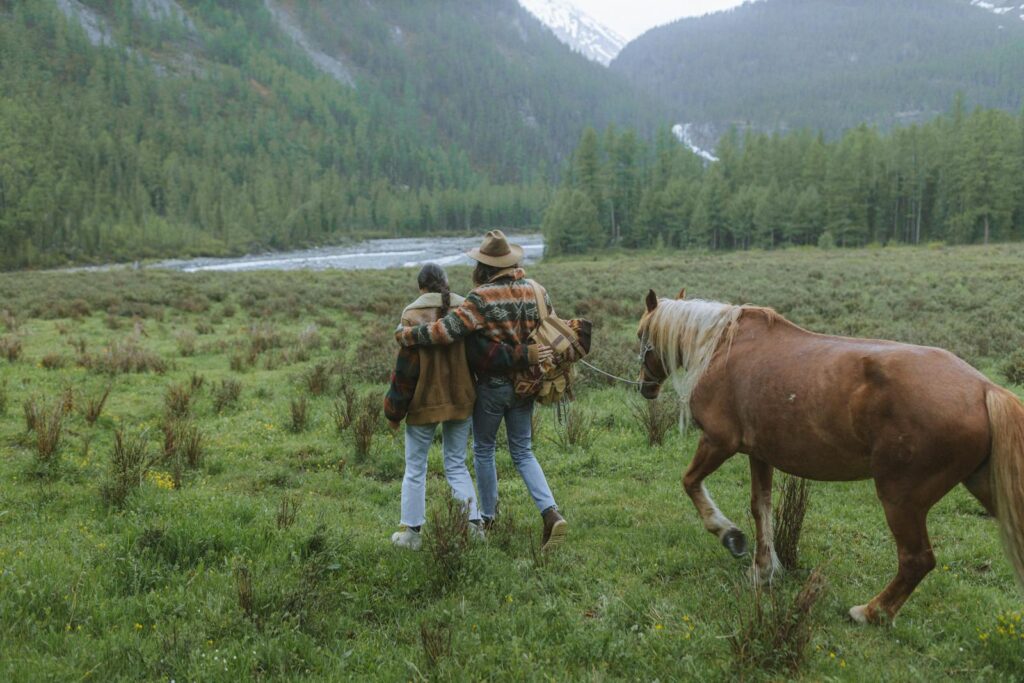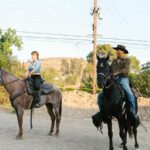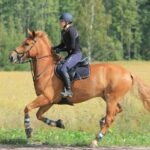Exploring the beauty of nature atop a horse is one of life’s greatest pleasures for equestrians. Forest trails—with their dappled sunlight, varied terrain, and occasional obstacles—require a special kind of equine partner. Not every horse breed excels in woodland environments, where low-hanging branches, narrow paths, and unexpected wildlife encounters are common. The ideal forest trail horse combines sure-footedness, a calm temperament, endurance, and an appropriate size to navigate wooded areas comfortably. This guide explores the best horse breeds for trail riding in forested environments, helping you find the perfect match for woodland adventures.
Quarter Horses: The Versatile Forest Companion
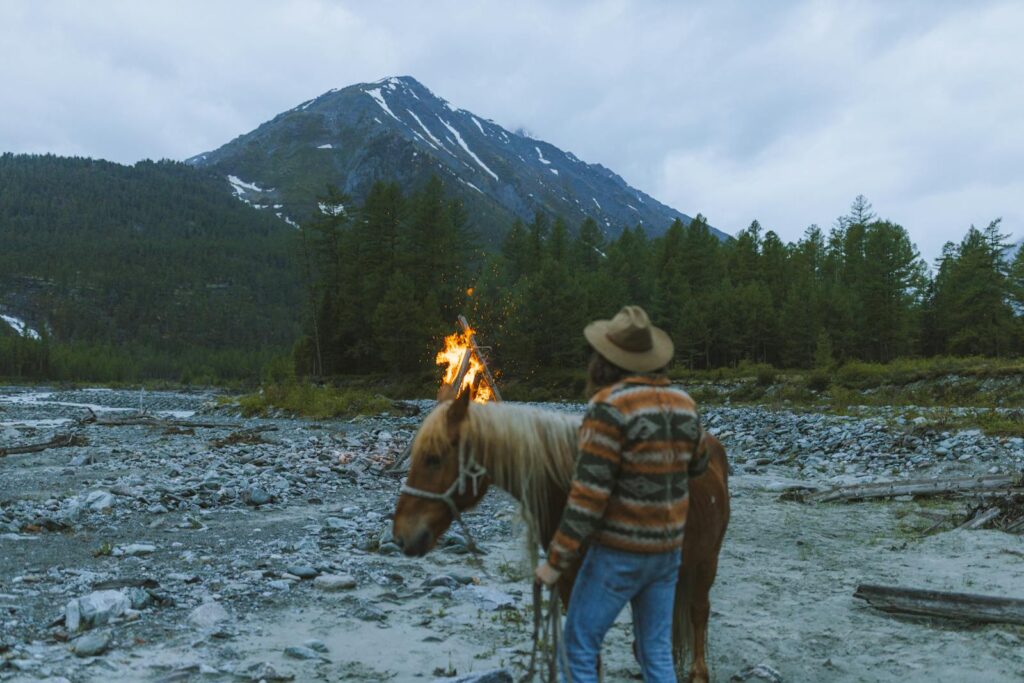
Quarter Horses consistently rank among the top choices for forest trail riding due to their exceptional versatility and steady temperament. Their compact, muscular build allows them to navigate tight spaces between trees and maneuver around obstacles with ease. These horses possess natural cow sense that translates well to trail riding, making them responsive to subtle cues and alert to their surroundings without being overly reactive. Quarter Horses typically stand between 14.3 and 16 hands high—tall enough to provide a comfortable ride but not so tall that riders must constantly dodge overhead branches. Their legendary sure-footedness makes them especially valuable on forest trails with uneven terrain, exposed roots, and rocky patches.
Missouri Fox Trotters: Smooth Movers Through the Woods
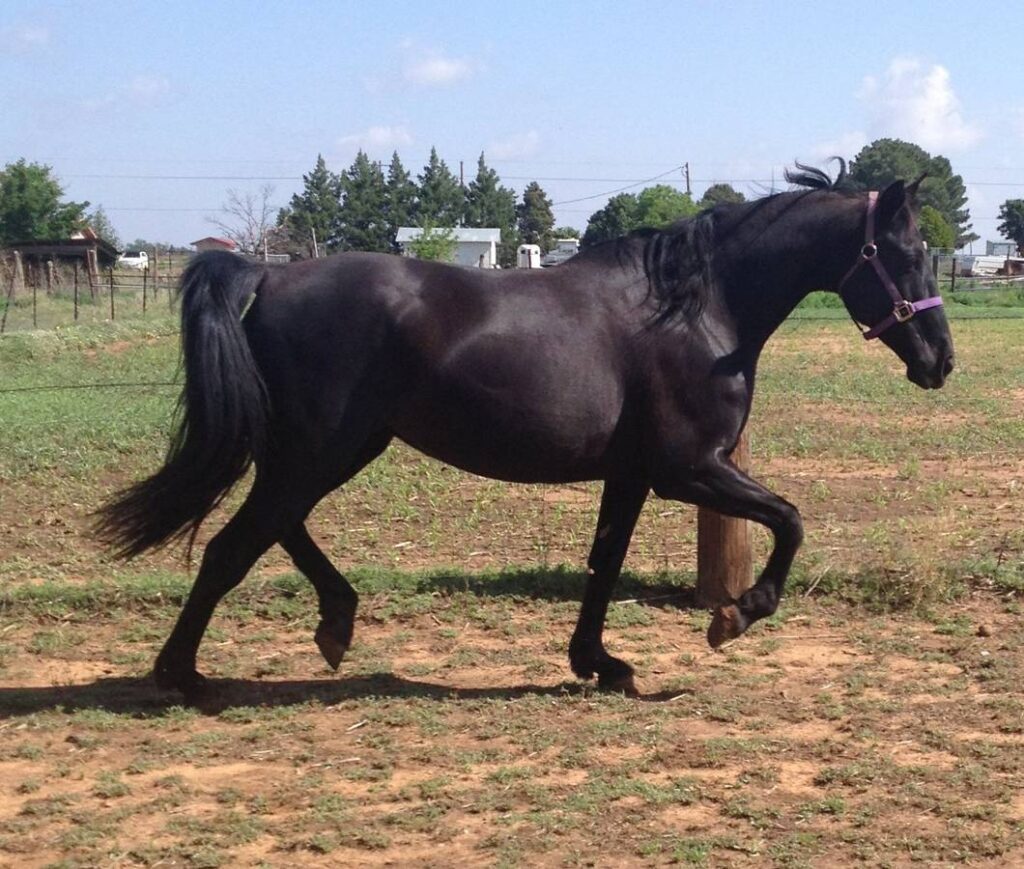
For riders seeking comfort on long forest expeditions, the Missouri Fox Trotter offers a smooth gait that reduces fatigue for both horse and rider. The breed’s signature fox trot—a four-beat diagonal gait where the horse appears to walk with its front feet and trot with its hind—creates minimal vertical movement in the saddle. This smooth ride becomes especially valuable when traversing forest trails for hours, helping riders avoid the jarring impact of a traditional trot. Fox Trotters generally have calm, level-headed temperaments that serve them well when encountering wildlife or navigating spooky situations like shifting shadows or rustling leaves. Their medium build (averaging 14–16 hands) strikes an ideal balance between stability and agility for forest riding.
Appaloosas: History-Rich Forest Navigators
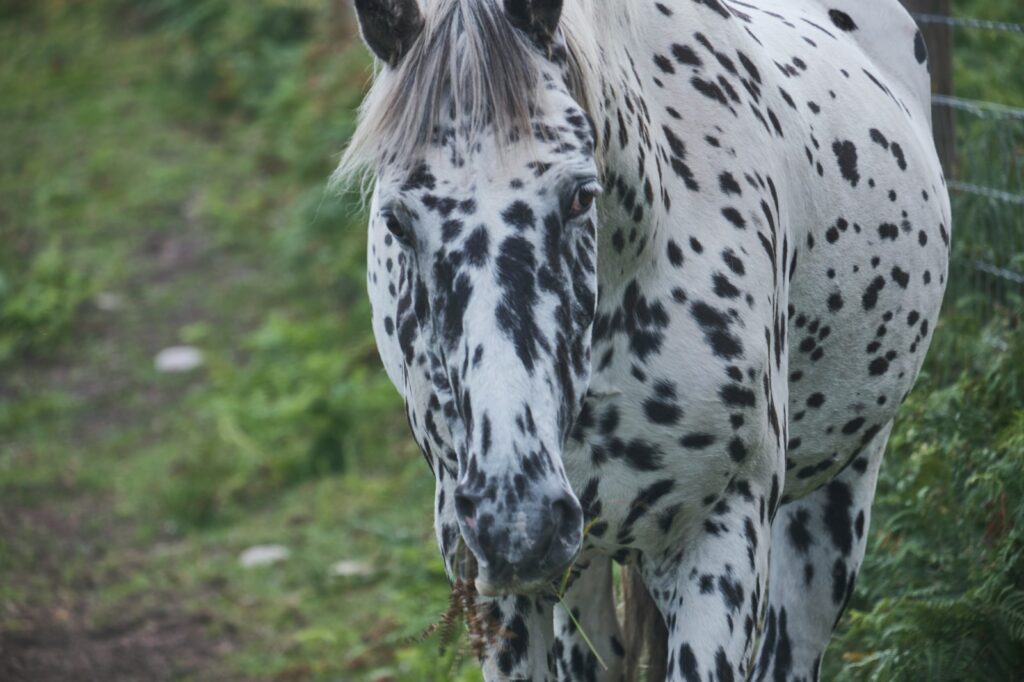
Appaloosas bring centuries of mountain and forest riding heritage to the trail, having been developed by the Nez Perce tribe for versatility across varied terrain. Their distinctive spotted coats may catch the eye, but it’s their practical traits that make them exceptional trail partners. Appaloosas typically have impressive stamina, allowing them to sustain energy throughout long rides without tiring easily. They also tend to have hard, durable hooves that handle rocky or root-covered trails well, often requiring less frequent shoeing than other breeds. Known for their intelligence, Appaloosas usually assess obstacles before reacting, making them dependable when crossing streams or navigating around fallen trees. Their moderate size (14.2–16 hands) offers a nice balance of agility and substance for woodland adventures.
Arabian Horses: Endurance Champions of Forest Trails
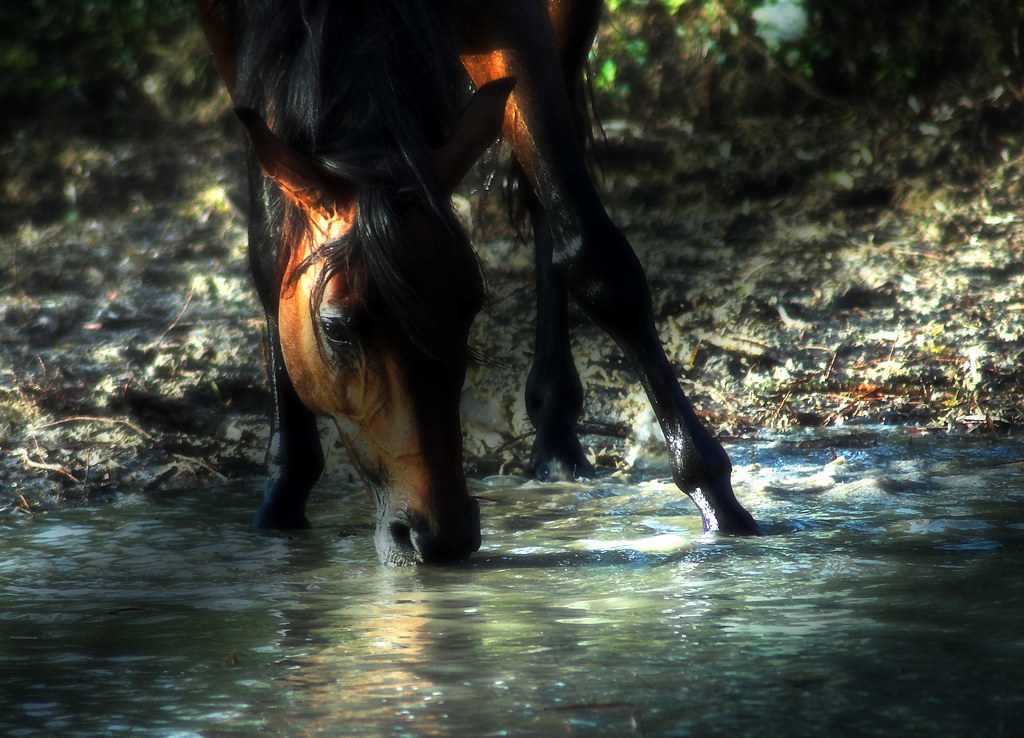
When forest trails stretch for miles or include elevation changes, Arabian horses shine with their legendary endurance. Bred in harsh desert climates, Arabians developed exceptional cardiovascular efficiency and stamina—qualities that translate beautifully to extended trail rides. Their refined bone structure is surprisingly strong, allowing for agile navigation through rugged terrain. Arabians often form strong bonds with their riders, making them highly responsive partners during challenging trail moments. Their alert nature helps them notice details in their environment—beneficial for spotting wildlife or identifying trail changes—though some may need more exposure to build confidence with forest-specific elements like shadows or rustling foliage.
Morgan Horses: Versatile Forest Companions
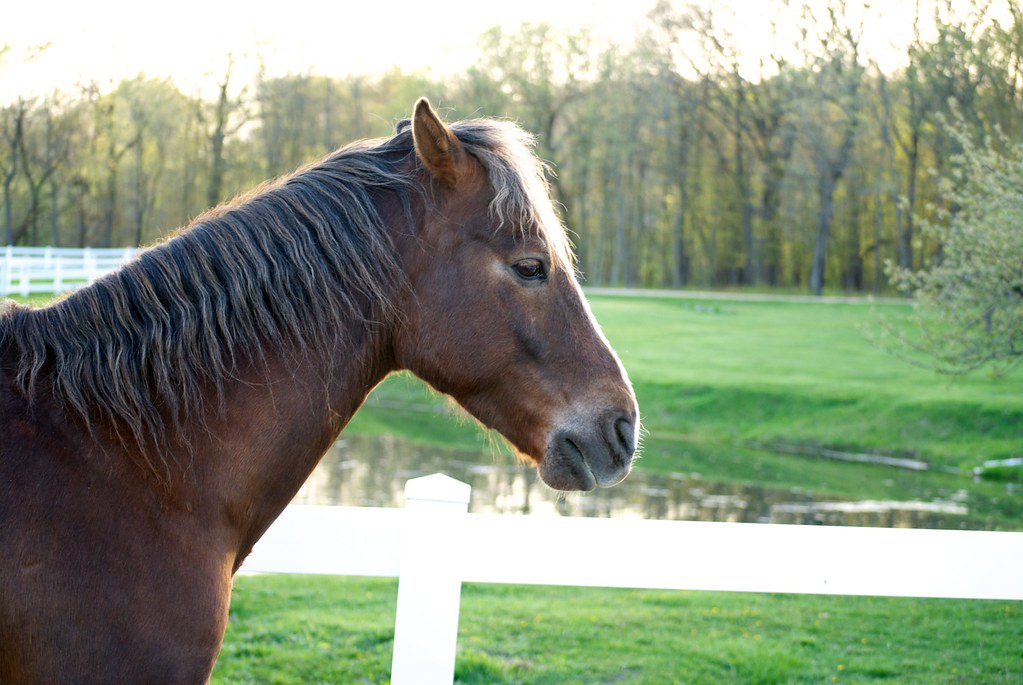
Morgan horses offer a wonderful blend of strength, endurance, and willingness, making them well-suited for forest trails. Their compact yet powerful build (typically 14.2–15.2 hands) provides agility for weaving through trees and strength for handling diverse terrain. Known for their kind temperament and quick learning, Morgans respond well to rider cues, even in more stimulating forest settings. Their efficient, ground-covering gaits allow for comfortable, energy-conserving rides. Naturally sure-footed, Morgans carefully place their feet on uneven ground, maintaining balance on narrow paths and inclines common to wooded landscapes.
Tennessee Walking Horses: Smooth Forest Travelers
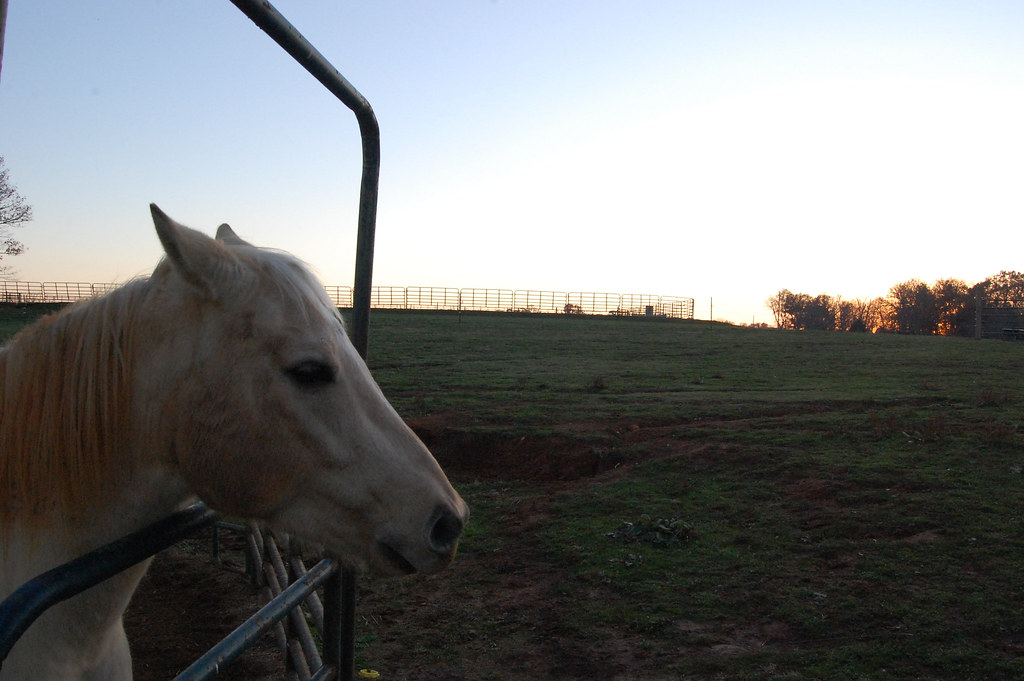
The Tennessee Walking Horse’s signature running walk creates an exceptionally smooth ride—an asset on long forest journeys. This natural, head-nodding gait eliminates the bounce found in many other breeds, reducing rider fatigue and improving observation of the trail and surrounding wildlife. These horses usually have calm, level-headed temperaments, making them well-equipped to handle surprises like sudden bird flights or rustling underbrush. Their moderate height (15–16 hands) provides good clearance while still allowing riders to duck under branches with ease. Solid bone structure and durable feet add to their reliability over changing trail conditions.
Rocky Mountain Horses: Nimble Forest Navigators
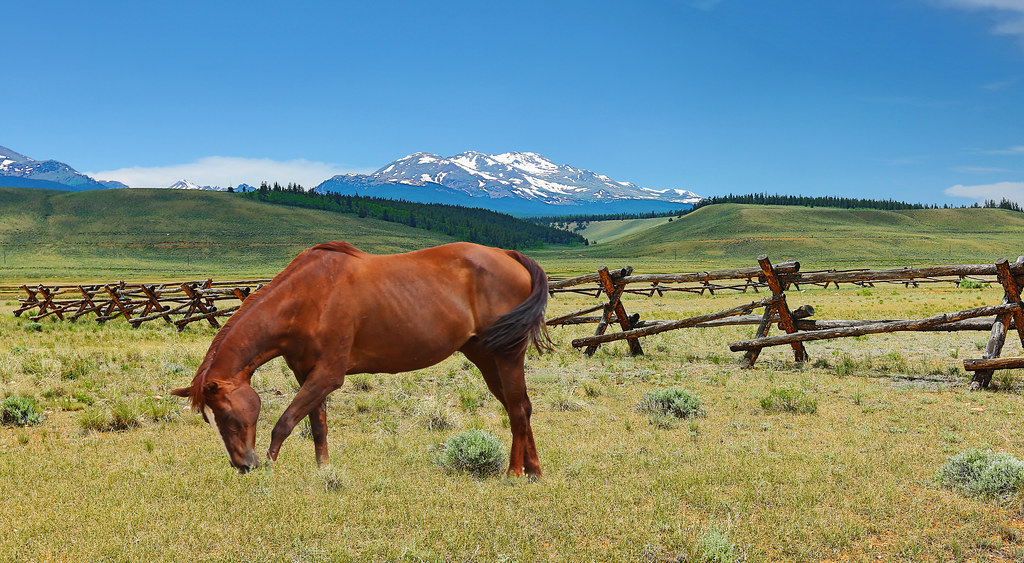
Rocky Mountain Horses have built a reputation as outstanding trail mounts thanks to their smooth gait and mountain-bred sure-footedness. Their signature four-beat lateral gait offers a remarkably smooth ride, even on uneven forest ground, letting riders enjoy the scenery without jarring motion. With kind, willing temperaments and just the right amount of independence, these horses assess obstacles wisely while remaining responsive. Their medium size (14.2–16 hands) ensures both clearance and maneuverability in tight wooded spaces. Developed in rugged terrain, they tend to have strong hooves and legs—perfect for everything from pine needle paths to rocky crossings.
Icelandic Horses: Compact Forest Explorers
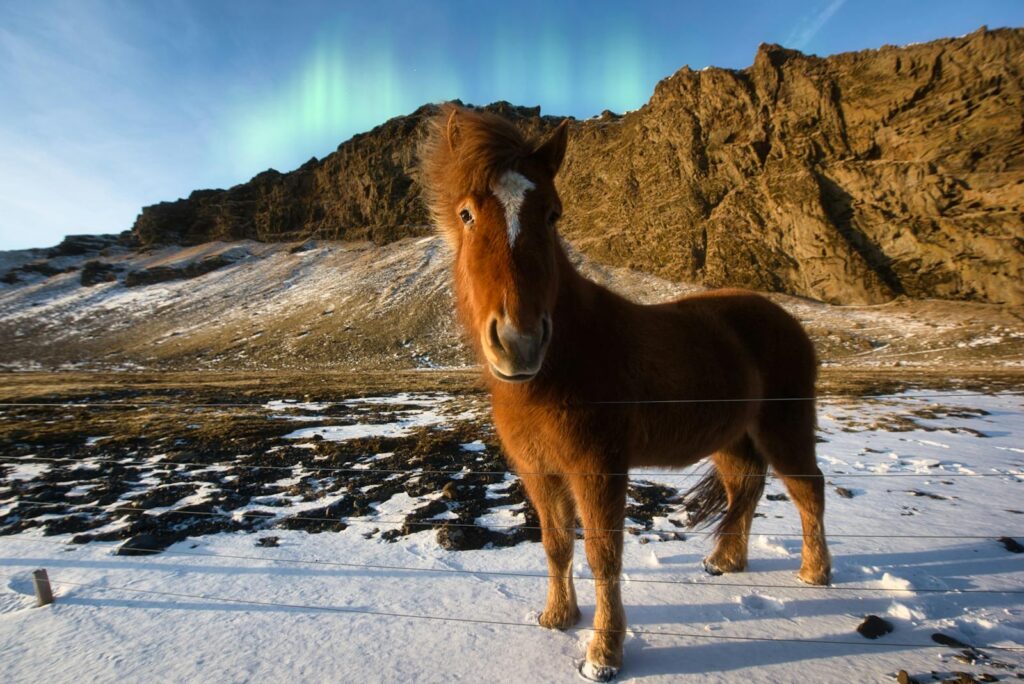
Though smaller than many trail breeds, Icelandic horses are incredibly capable forest mounts. Their unique tölt gait—a smooth, four-beat lateral movement—ensures comfortable rides over long distances. With their compact size (13–14 hands), Icelandics easily navigate low branches and narrow passages. Bred in tough climates, they’ve developed natural sure-footedness ideal for uneven ground, roots, and rocky patches. Thick manes, tails, and winter coats offer insect protection during warmer months. Despite their size, these horses are surprisingly strong and can comfortably carry adults through varied forest terrain, including steep slopes and water crossings.
Paint Horses: Colorful Forest Companions
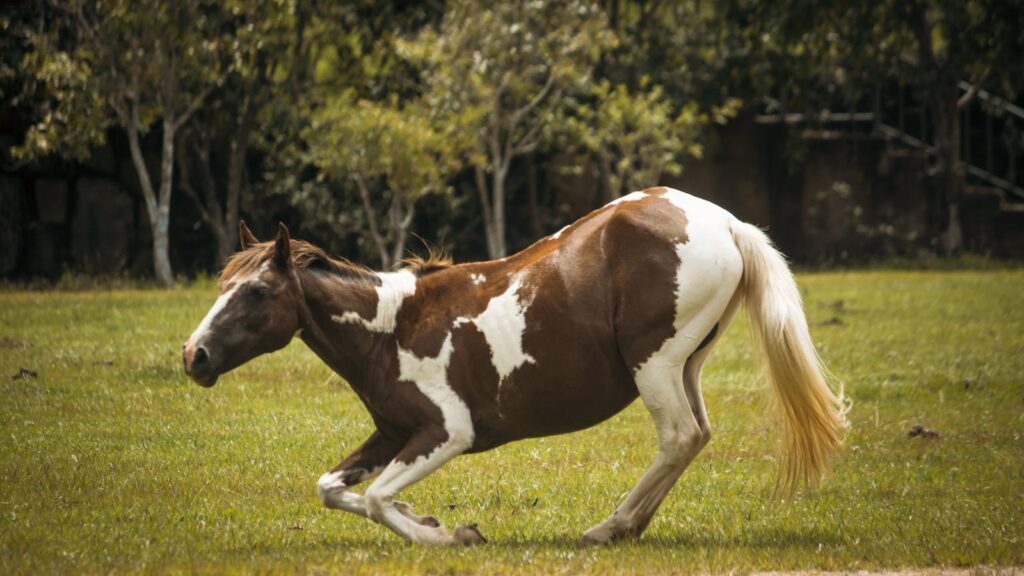
Paint Horses combine the practical trail qualities of their Quarter Horse lineage with distinctive coloring that stands out beautifully against forest backdrops. Their muscular, compact bodies provide the agility needed to navigate between trees and over forest obstacles while maintaining enough substance to handle varied terrain. Paints typically possess willing, trainable temperaments that make them adaptable to different forest environments from dense woods to more open woodland meadows. Their moderate size (14.2-16 hands on average) offers a good compromise between maneuverability in tight spaces and comfortable ground clearance. Paint Horses often inherit the strong hooves and legs of their Quarter Horse ancestry, providing durability on forest trails where terrain can change frequently from soft soil to occasional rocky sections.
Paso Finos: Precise Forest Navigators
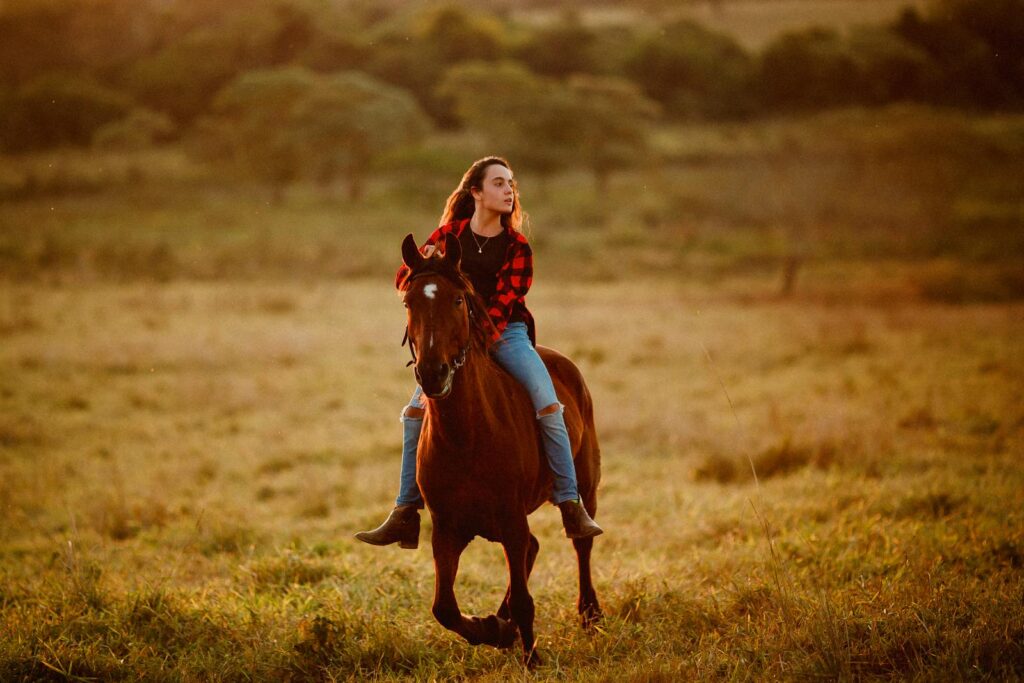
Paso Finos bring centuries of mountain trail experience to forest riding, with their breed development in rugged Latin American terrain creating natural aptitude for woodland challenges. Their signature paso fino gait—an incredibly smooth, collected four-beat lateral movement—virtually eliminates vertical bouncing, allowing riders to travel forest trails for hours without fatigue. Paso Finos are renowned for their precise foot placement, which becomes particularly valuable on forest trails where roots, rocks, and uneven ground require careful navigation. The breed typically features a medium build (13.3-15.2 hands) that balances the need for ground clearance with the advantage of maneuverability in tight forest spaces. Paso Finos generally possess alert, willing temperaments with natural intelligence that helps them assess and navigate forest challenges from water crossings to fallen logs.
Mustangs: Natural-Born Forest Survivalists
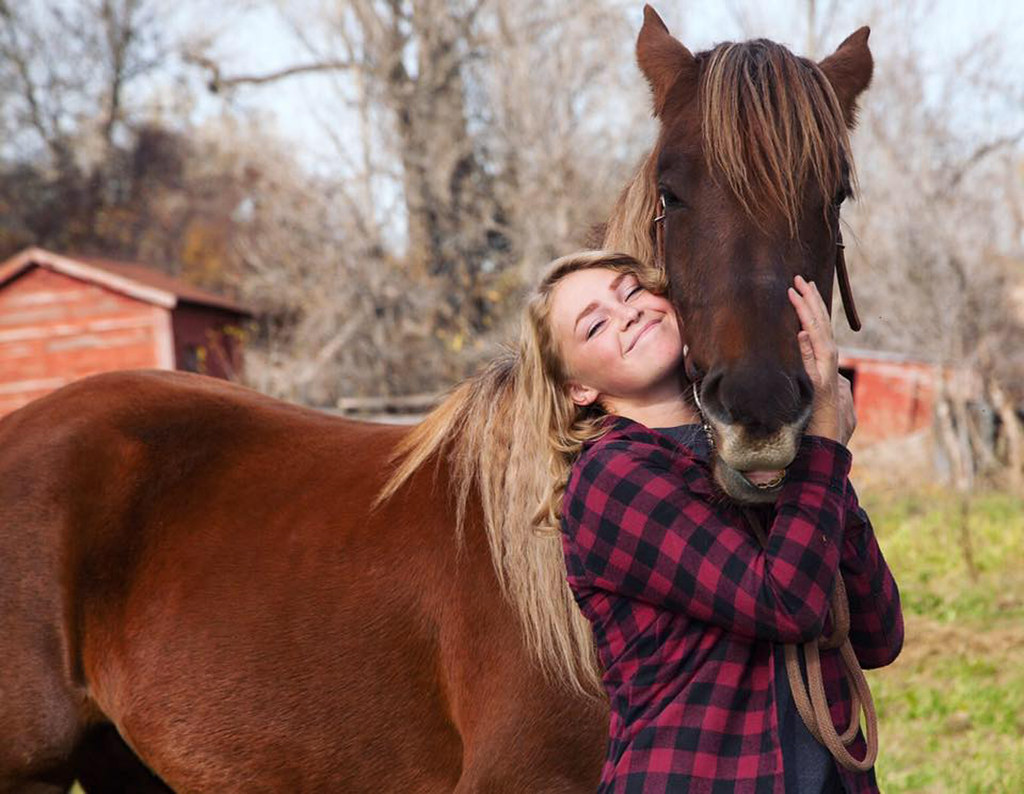
Mustangs bring unique advantages to forest trail riding thanks to their evolution in varied wild terrains that often included woodland areas. Their natural surefootedness comes from generations of selecting for horses that could navigate challenging landscapes safely, creating innate ability to handle forest obstacles like fallen trees, shallow streams, and uneven ground. Mustangs typically possess excellent hoof quality with minimal need for shoeing, which becomes advantageous on forest trails where moisture levels and terrain textures change frequently. Their strong survival instincts create heightened awareness that helps them navigate safely through potential hazards while their natural hardiness means they’re less likely to fatigue on longer forest expeditions. Mustangs adopted from wild herds require proper training for trail riding, but those with good training often develop into exceptional forest partners with stamina, intelligence, and adaptability to changing environments.
Considerations Beyond Breed
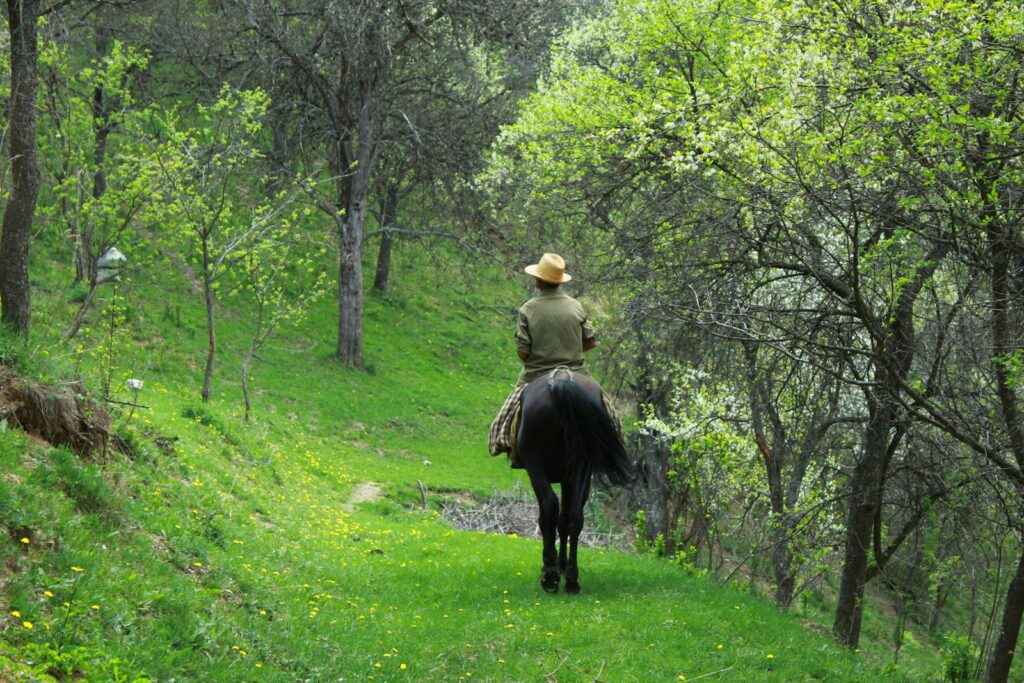
While certain breeds may have genetic predispositions that make them well-suited for forest trail riding, individual horse characteristics often matter more than breed alone. A horse’s previous exposure to woodland environments significantly impacts their confidence level, with horses that have positive forest experiences typically handling future trail rides more calmly than those encountering woods for the first time. Individual temperament varies tremendously within breeds—a naturally confident, sensible individual from any breed may outperform a nervous or reactive horse from a traditionally “good trail” breed. Physical conditioning plays a crucial role in forest trail success, as horses need appropriate fitness to handle the varied terrain and sometimes demanding elevation changes found in woodland environments. The horse-rider relationship ultimately becomes one of the most important factors, as clear communication, mutual trust, and compatible energy levels create the foundation for successful forest adventures regardless of breed.
Preparing Your Horse for Forest Trails
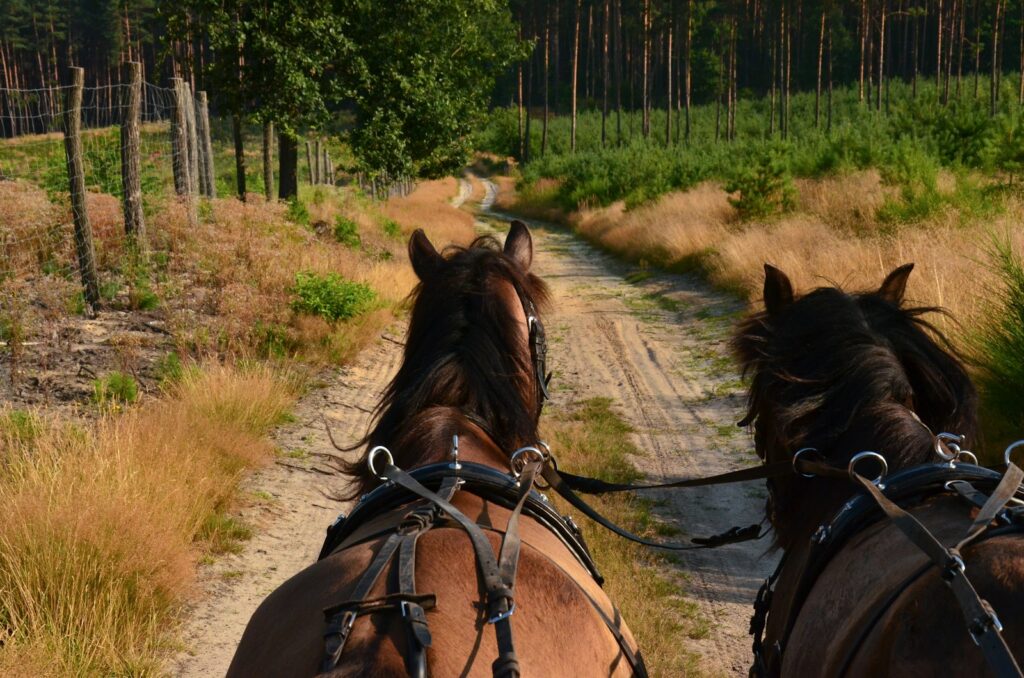
Regardless of breed choice, proper preparation significantly improves forest trail experiences for both horse and rider. Progressive exposure helps horses build confidence with forest-specific challenges—starting with quiet rides along woodland edges before advancing to more densely wooded areas allows horses to acclimate gradually. Specific desensitization to common forest stimuli like rustling leaves, breaking branches, and wildlife sounds can reduce reactive behavior through controlled exposure in safer environments. Proper conditioning ensures your horse has the cardiovascular fitness and musculoskeletal strength to handle varied forest terrain, including occasional hills, uneven ground, and natural obstacles. Essential trail etiquette training should include standing quietly, crossing water, navigating narrow spaces, and responding to aids even when the horse’s attention is divided by stimulating forest environments.
The perfect forest trail mount combines physical attributes suited to woodland navigation with the temperament to handle the unique stimuli found in these environments. While breeds like Quarter Horses, Morgans, and gaited varieties like Missouri Fox Trotters and Tennessee Walkers consistently excel in forested settings, individual horse characteristics often prove more important than breed alone. The ideal forest companion demonstrates sure-footedness, calm assessment of obstacles, appropriate size for navigating potential low branches, and endurance for varied terrain. By considering both breed tendencies and individual horse qualities, riders can find their perfect woodland partner for exploring the magical world of forest trails—creating memories and experiences that showcase the special bond between horse and rider in nature’s most beautiful settings.

